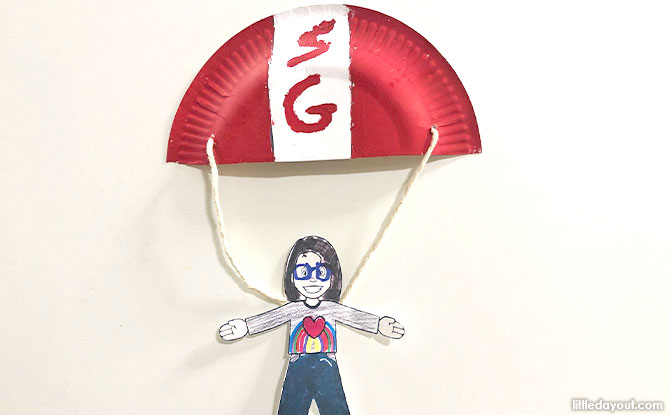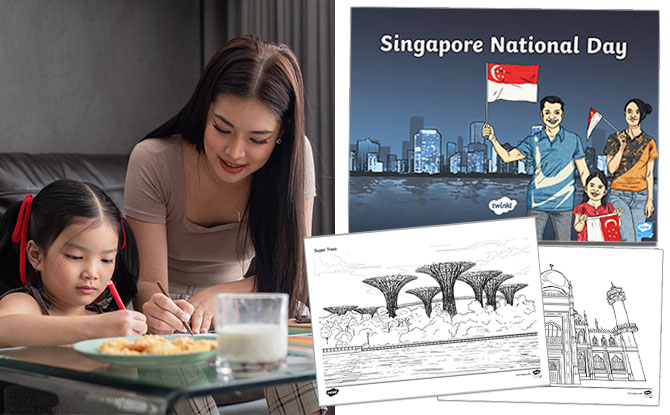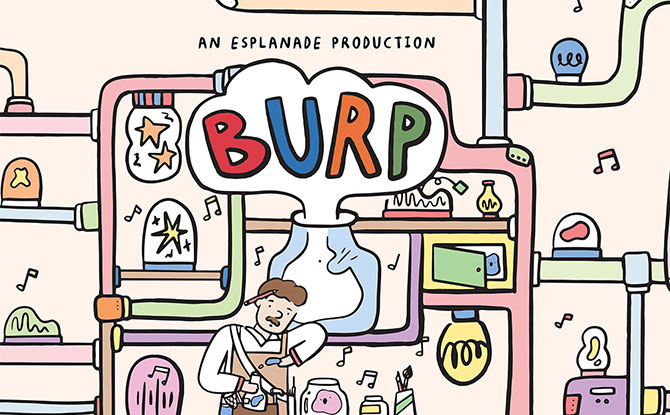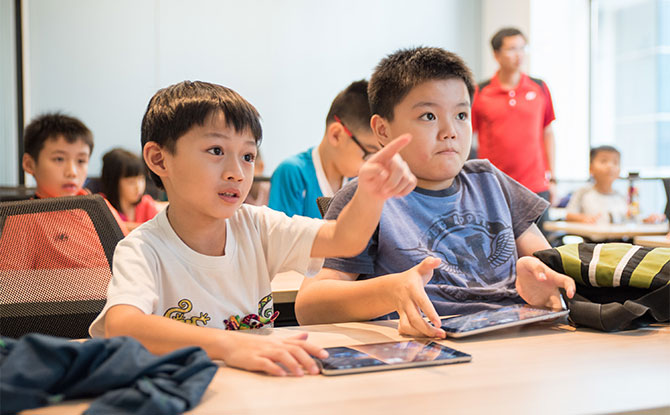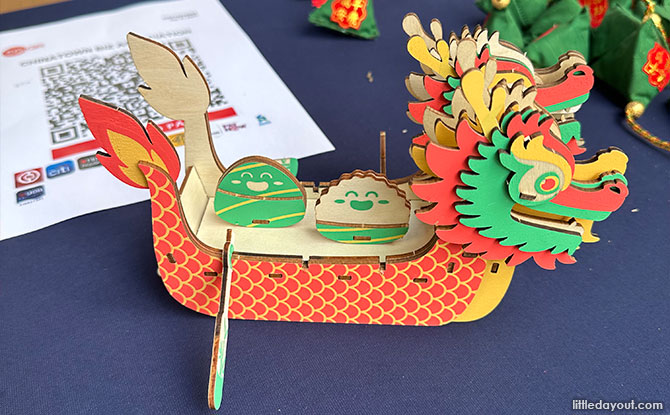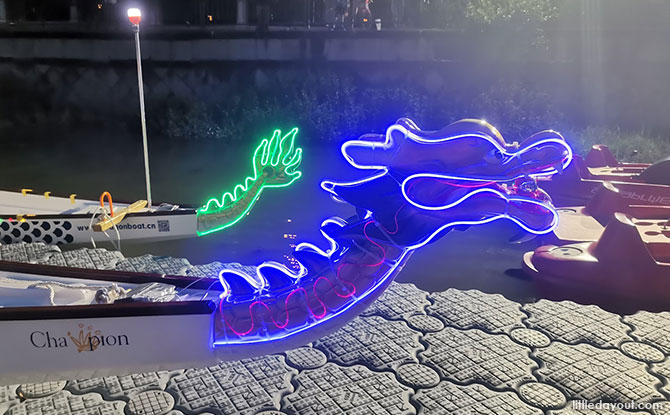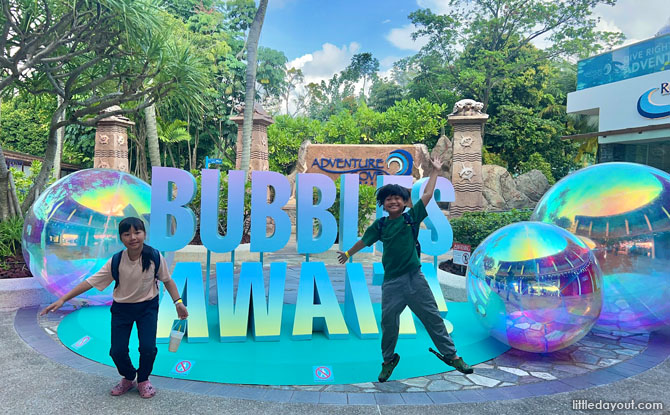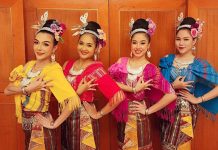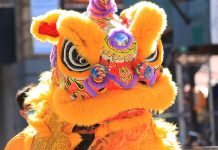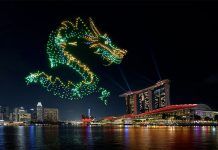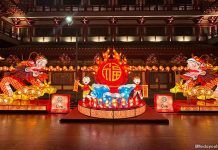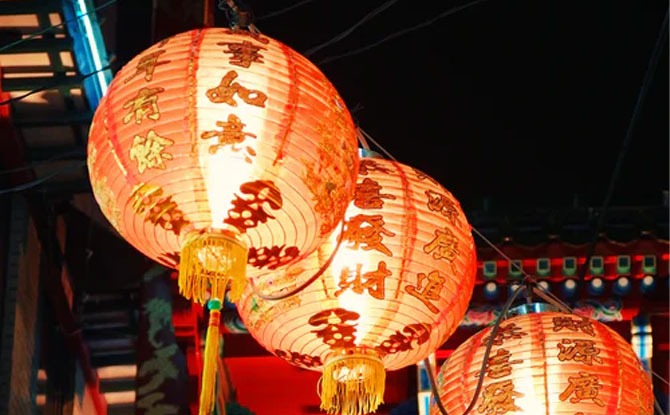
Falling on the 15th day Of Chinese New Year, the Yuanxiao Festival is a traditional Chinese Festival celebrated by those who observe the Chinese New Year festivities. It is also referred to in Hokkien as Chap Goh Mei. As one of the biggest festivals, the day before the Lunar New Year Celebrations end, here are five things to know about celebrating the Yuanxiao Festival.
Five Things To Know About The Yuanxiao Festival (Chap Goh Mei)
First Night Festival
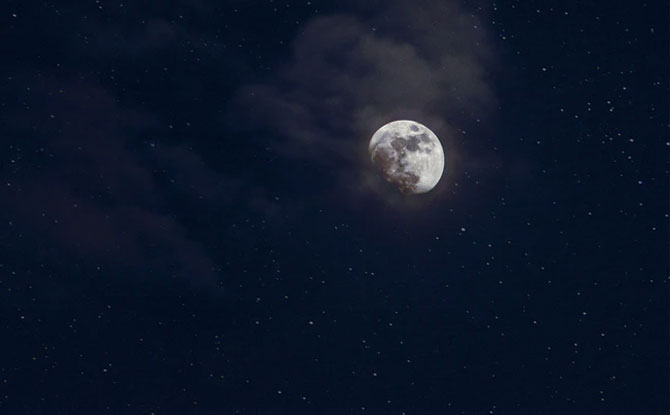
Yuanxiao Festival (元宵节, yuánxiāo jié) translates to mean “first night festival, with “元 (yuán)” meaning month and the night is called “宵 (xiāo)”. It is the first full moon night of the lunar new year.
Enjoying Glutinous Rice Balls
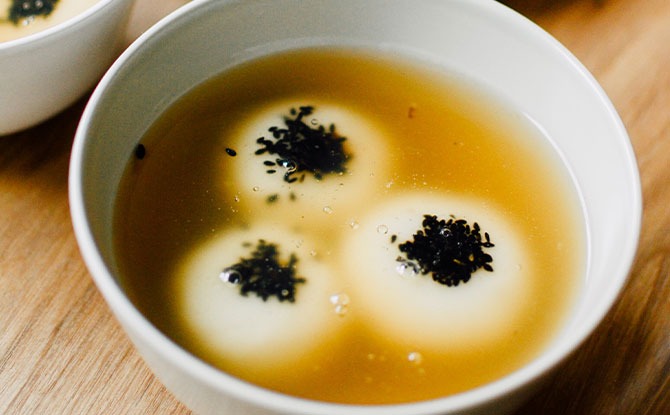
As a festive treat, Glutinous Rice balls are often consumed on this day as a symbol of reunion and harmony. Historically, several different names were used to refer to this treat. Originally, it was known as “Yuanxiao” in Nothern China during the Yongle era of the Ming Dynasty.
However, legend has it that in southern China, during Emperor Yuan Shikai’s rule from 1912 to 1916, he disliked the name yuanxiao because it sounded identical to “remove Yuan” in Chinese, and thus he gave orders to change the name to Tangyuan. Nowadays, however, “tangyuan” usually refers to the southern style, while “yuanxiao” refers to the northern style, differentiated by their method of preparation.
BE PSLE-READY: Join Expert Educators for Revision Boosters to Empower P6 Students
BURP: Join the Sound Collector on a Whimsical Chase at Esplanade – Theatres on the Bay
WEEKEND IDEAS: Get Inspirational Ideas of Things to Do
Read our recipe on how to make tangyuan here.
Lighting and Sending of Lanterns
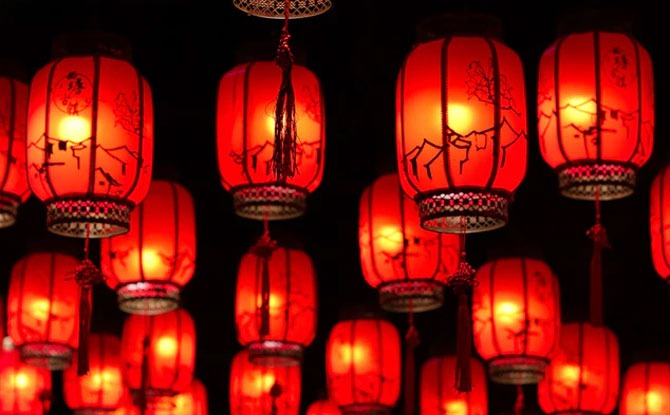
As with many traditions, the lighting and sending of lanterns has an interesting tale behind it.
Legend has it that in ancient times, many ferocious beasts tried to harm both people and livestock in a village in China. Chinese villagers organized to kill these animals and protected the village. The Jade Emperor’s beloved crane, however, was lost on earth and was accidentally killed. The Jade Emperor was furious and ordered to kill all animals and people in that village.
Luckily, the Jade Emperor’s kind-hearted daughter wanted to save them and alerted the villagers of the scheme. Hearing the news, a wise old man suggested the villagers hang lit lanterns in every house and set off fireworks on the 15th day of the first lunar month, to make it seem to the Jade Emperor that the village had caught fire. The plan worked and the village was saved.
Lantern Riddles
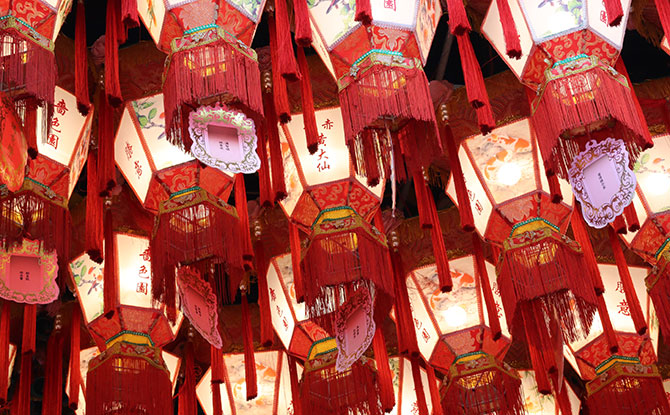
This tradition dates back to the 13th century back to the Song dynasty. People attached riddles based on poems, folklore, historical events and even jokes about social issues to lanterns. Scholars would write the riddles and the crowd would try to guess the correct answer. Sometimes, riddle solvers would receive prizes from the owners of the lanterns.
Shehuo Festival
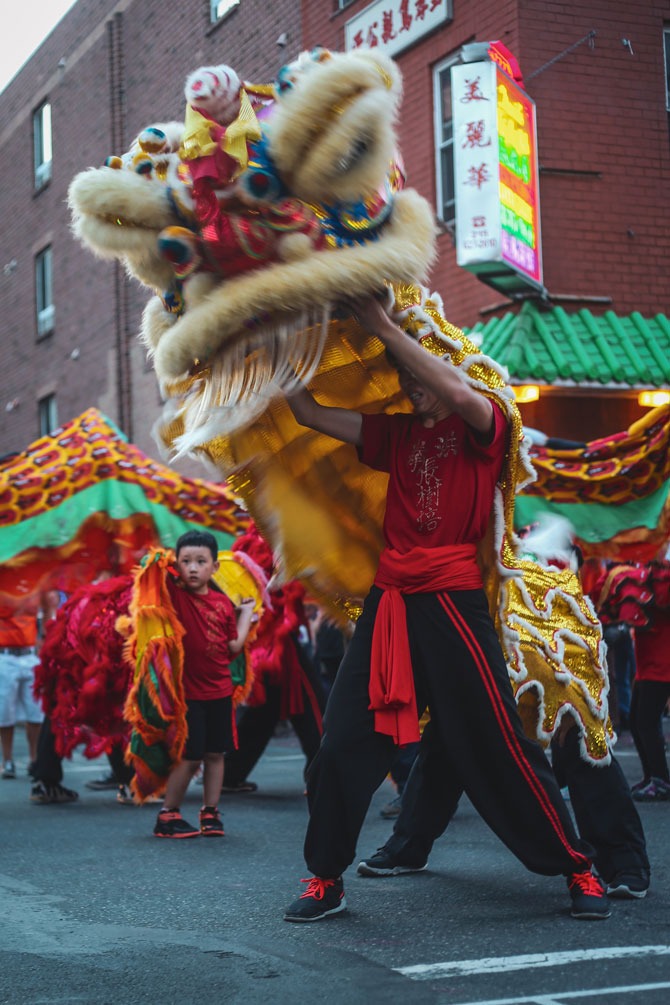
Though the Lantern Festival is commonly celebrated on this day, for many people in northern China, this is the day of the Shehuo Festival. “Shehuo” literally translates as “Earth and Fire” and is a festival mostly celebrated in the countryside. During Shehuo, people pray to the god of Earth for a good harvest and to the god of Fire for giving them warmth and the ability to cook. While the festival is celebrated in many towns and villages across China, one of the biggest is held in the ancient city of Pingyao in north China’s Shanxi Province.




